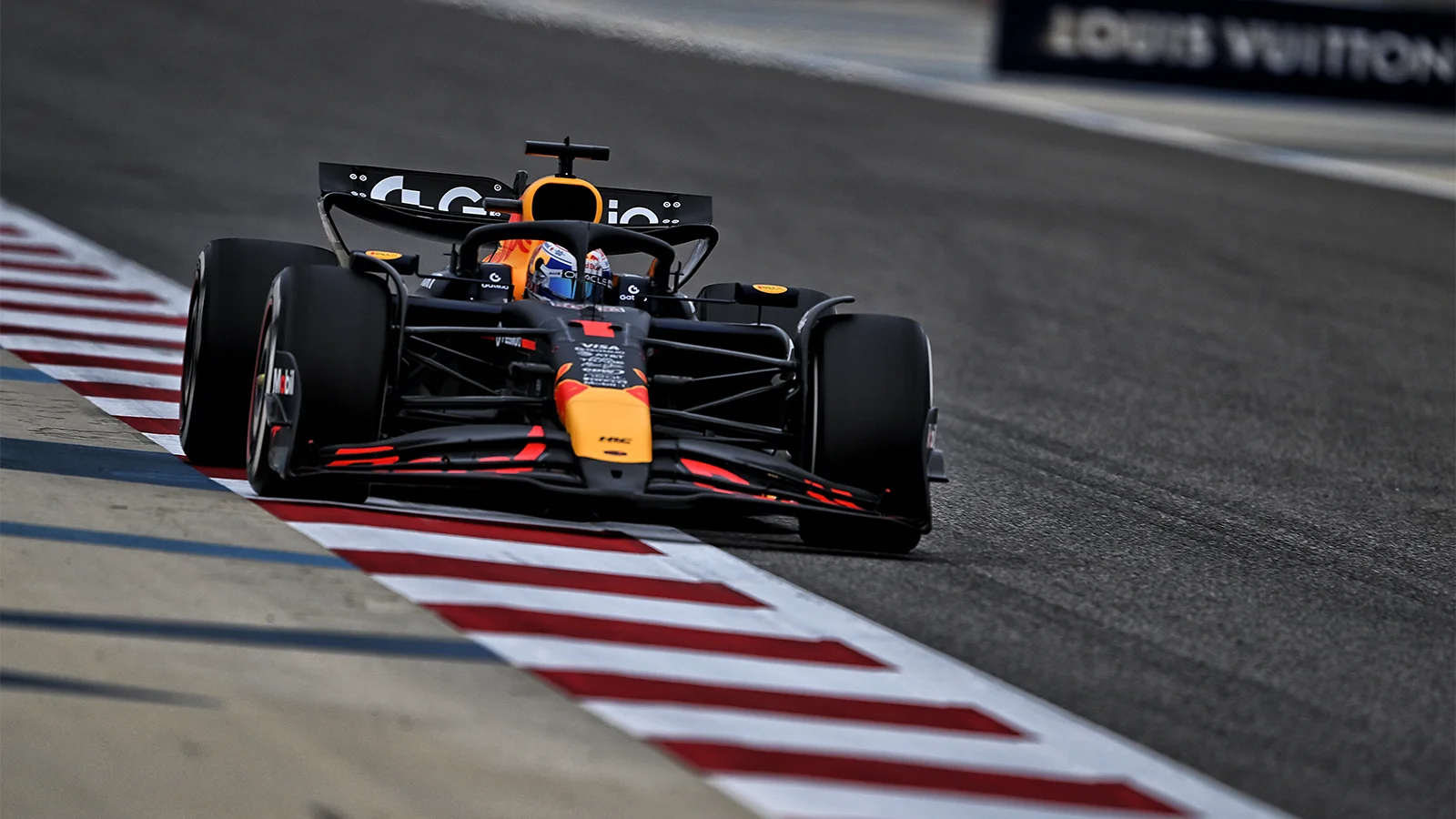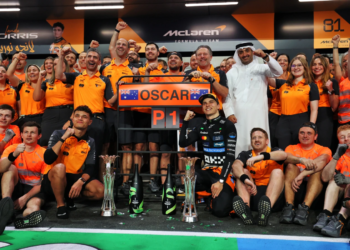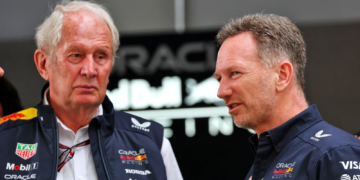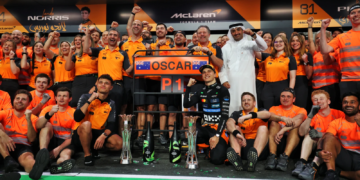Red Bull Technical Director Pierre Wache has explained the team’s concept shift to a more compliant RB21 after its peaky Formula 1 predecessor caused several headaches.
Red Bull’s RB20 challenger in 2024 carried on from where the dominant RB19 left off in 2023, winning the first few races of last year’s campaign with ease.
However, as the competition caught up and Red Bull sought to develop its concept further, it encountered balance issues with the RB20, correlation issues with its out-of-date wind tunnel and a costly 10-race winless streak in the middle of the season.
The knock-on effect was losing the Constructors’ title and Max Verstappen having to fight tooth and nail to hang onto his Drivers’ crown.
The difficulties have prompted a response and Wache revealed to PlanetF1 that the team has made several changes from the RB20 into the RB21.
“We reevaluated all the concepts of the car,” he said.
“We modified most of the stuff that is maybe not as visible as the older car – the concepts overall stay the same – but plenty of stuff has changed underneath and inside the car that, in terms of cooling, suspension, aero package, everything has changed to achieve the characteristics we like.
“The overall shape of the car and bodywork, which is mainly what you will see, are similar, but not because the concept… I would say we re-evaluated, and we think it was the best compromise for what we were looking for.”
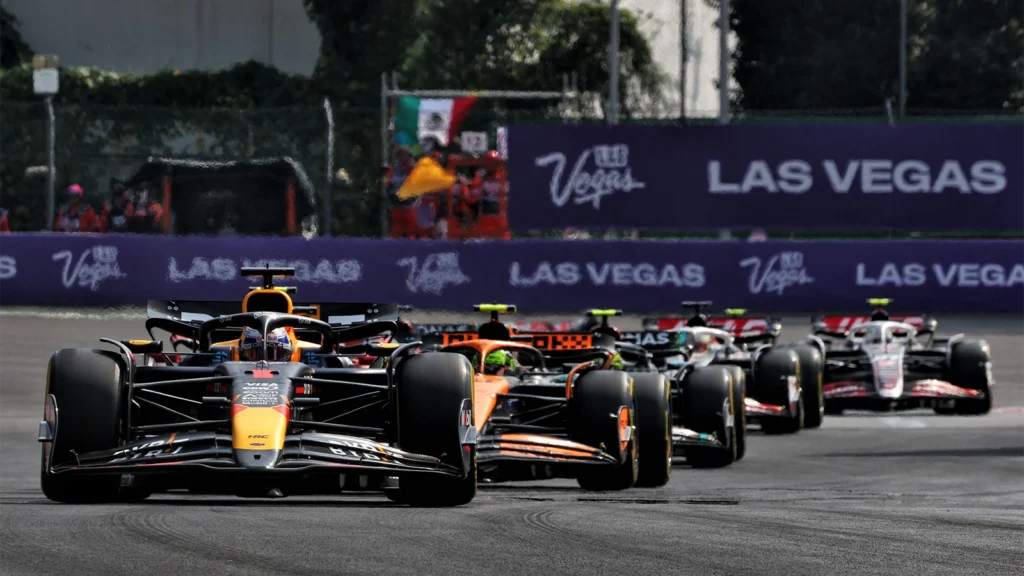
What went wrong with the RB20?
Red Bull’s 2024 machine, the RB20, became a disconnected, capricious and unbalanced F1 car with a narrow operating window in terms of set-up.
Peaky on corner entry and unflattering on exit, it demanded every ounce of Verstappen’s incredible resources to extract strong results, to which the Dutchman begrudgingly obliged.
Explaining what made the RB20 so tricky, Wache said: “I don’t want to say too much, but it’s clear that we had a very, very peaky car, with high potential that was difficult to extract – if we wanted to extract this, it was creating some difficulty for the driver to use it, and, especially, at slow corners, giving some instability for the driver to use it.”
Another contributing factor to Red Bull’s downturn was the out-of-date wind tunnel it uses to design its cars.
The Bedford facility is 70 years old and while Red Bull is working ahead of schedule on its replacement, it has had to make do with augmenting its current wind tunnel year-on-year since its entry into the sport in 2025.
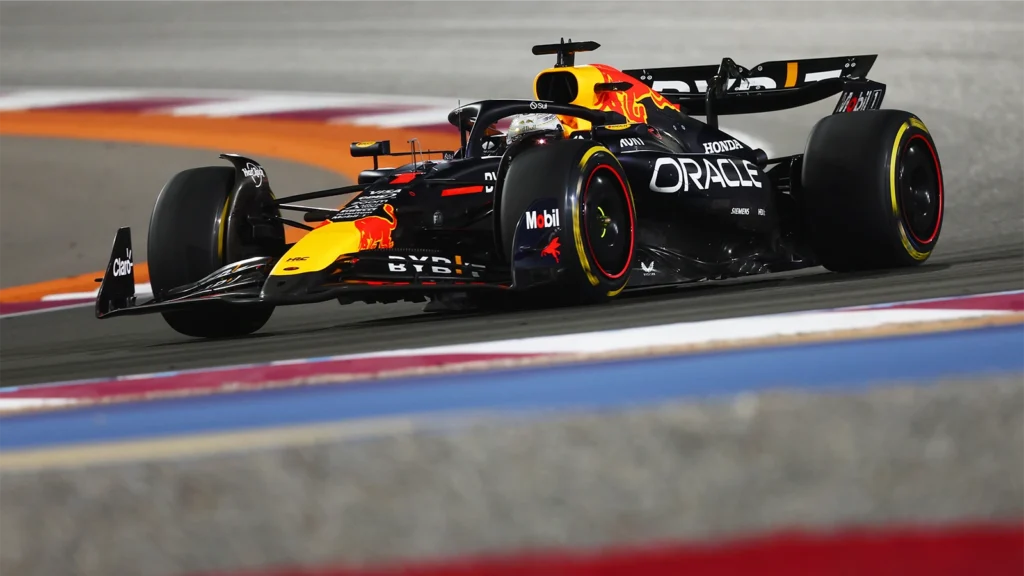
While the likes of McLaren seem to have no issue with correlation out of its modern wind tunnel facility, Red Bull has had to endure some disconnect between wind tunnel and on-track findings.
Wache revealed he’s not fully “confident” the team has stamped out its correlation problems, but it is doing the best it can with the tools available.
“At some point, you have to use the tools you have and take all the information you can to make some decision,” he said.
“We still have, and I think everybody has… not correlation, but you need some extrapolation of what will happen in your tools to the track.
“It is a part of the engineering job we are doing. The confidence is, I don’t think it is 100 percent, but it is not a show stopper.
“You have to use what you know, what you control, and make sure that the extrapolation works as much as possible, and improve the way you operate in your tools.”
Improving with the Red Bull RB21
Moving forward, Wache explained that the team’s desire with the 2025 RB21 is to pull back on the overall potential in terms of aerodynamic performance, in favour of drivability and a more expansive set-up window.
“What we did this year, is to maybe reduce the complete potential of the car, the peakiness, but giving a more easy way to use by the driver – that’s what our main purpose was, especially on the entry of the corner,” Wache said.
“It’s not as simple as that, because it’s a characteristic that the peak of downforce is not only on one dimension. It’s a multi-dimensional system that is not only downforce – it is also suspension-wise and what the kinematic is doing, but is an overall car characteristic of how the driver feels.
“But, fundamentally, it’s exactly that – reduce the overall potential in grip and capacity of the car to make it more flat.
“That’s what we are seeing at the moment.
“Last year, we had a quite difficult car and, to rebalance it, it would put you in a corner in terms of what you could do.
“Now it is giving us a wider range of setups that we have to explore.
“And it will take time to see what the best compromise is, and the compromise could be quite different from track to track, because it gives us a lot more freedom.”
Wache added that the work done on the RB21 was more extensive than the “patch-up” job it did on the RB20 which saw Verstappen add two GP wins late on in the 2024 campaign.
“[It was] a patch to reduce the potential a bit, make it a little bit wider, but it was a small patch,” he said.
“Now we did the full concept of the car in this direction.”
READ MORE – Red Bull names two rivals the team is behind going into F1 2025

